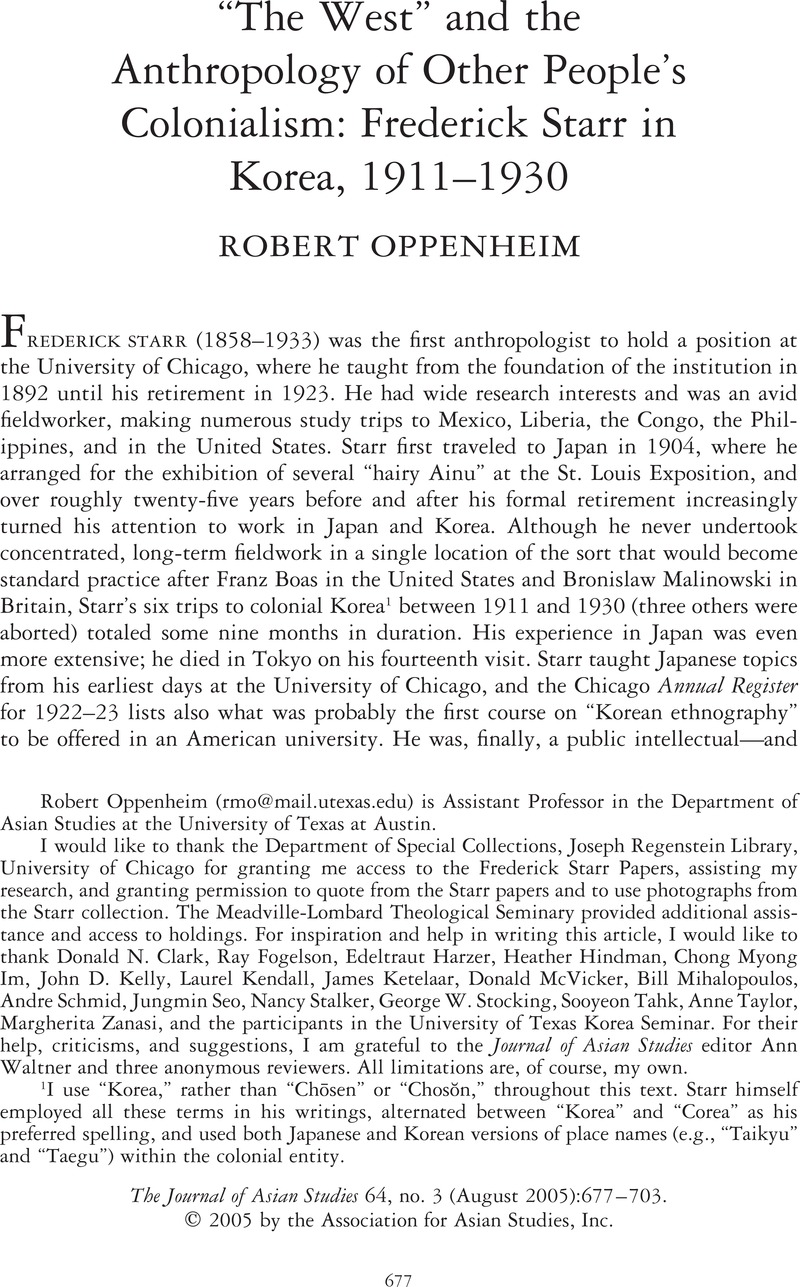Crossref Citations
This article has been cited by the following publications. This list is generated based on data provided by Crossref.
OPPENHEIM, ROBERT
2011.
Fictional Displacements: Stewart Culin's Heaven and Earth.
Anthropology and Humanism,
Vol. 36,
Issue. 2,
p.
164.
Low, Morris
2012.
Physical Anthropology in Japan.
Current Anthropology,
Vol. 53,
Issue. S5,
p.
S57.
Allen, Chizuko T.
2014.
Ch'oe Nam-son's Youth Magazines and Message of a Global Korea in the Early Twentieth Century.
Sungkyun Journal of East Asian Studies,
Vol. 14,
Issue. 2,
p.
195.
Schildkrout, Enid
2018.
The Frobenius Effect: Frederick Starr in the Congo.
Critical Interventions,
Vol. 12,
Issue. 1,
p.
71.
Morgan, Jason
2024.
Liberty and Security in an Anarchical World Volume II.
p.
319.



